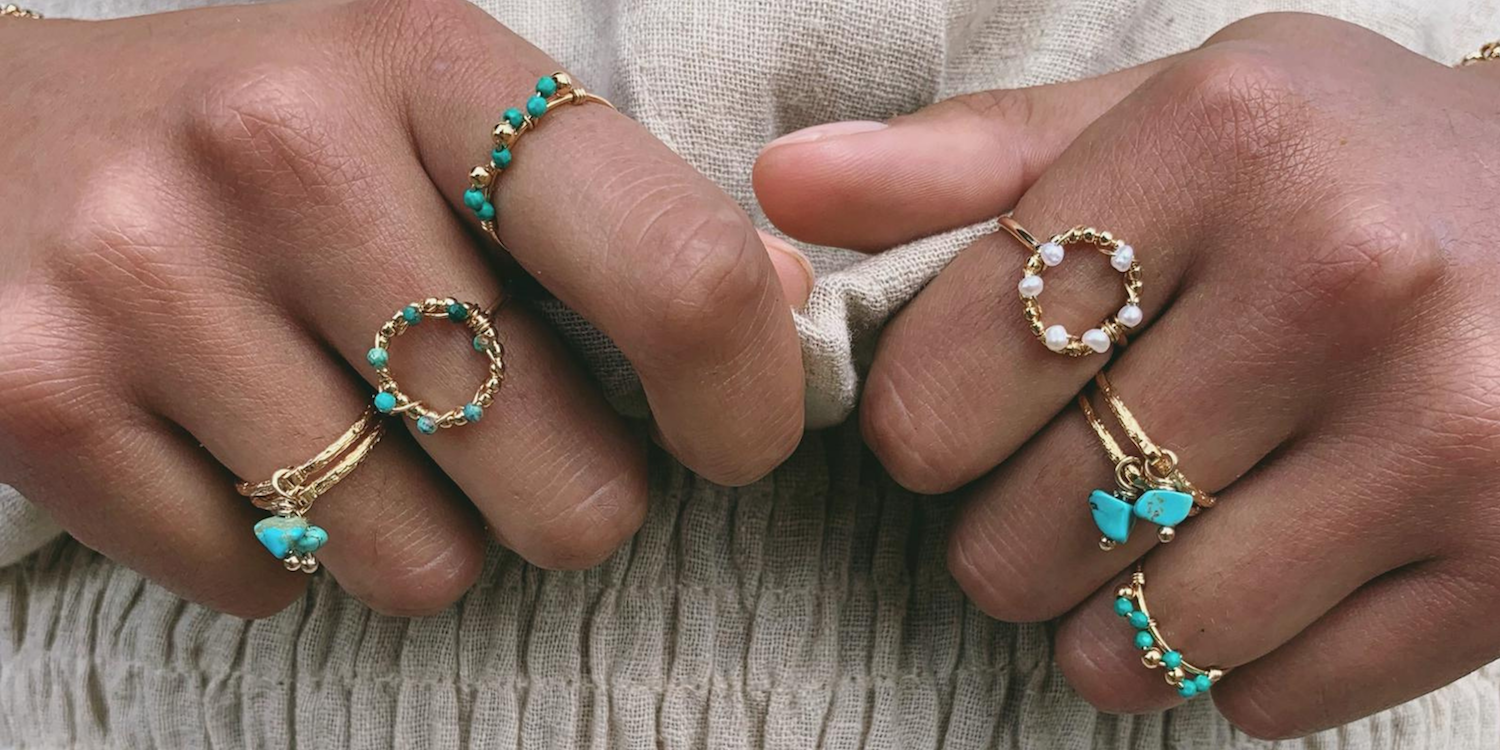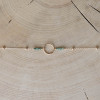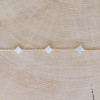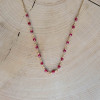Did you know that each stone has its own characteristics, its history and its benefits?
Today, we reveal to you those stones that we find most frequently in our jewelry.
.
The Aventurine
.The aventurine, very present in our creations, like the Marceau, Rosalie, Lou or Estelle models, is a green, slightly translucid stone. Symbolizing freedom of spirit and knowledge, the aventurine find its name in a reference to aventurine glass, created in Italy in the 18th century, by mixing copper filings with glass, giving it this iridescent appearance.
The stone of aventurine, in litotherapy, has the property to absorb the negative vibes, while calming the spirit and the body. It also favors decision making, and helps to take a step back.
.
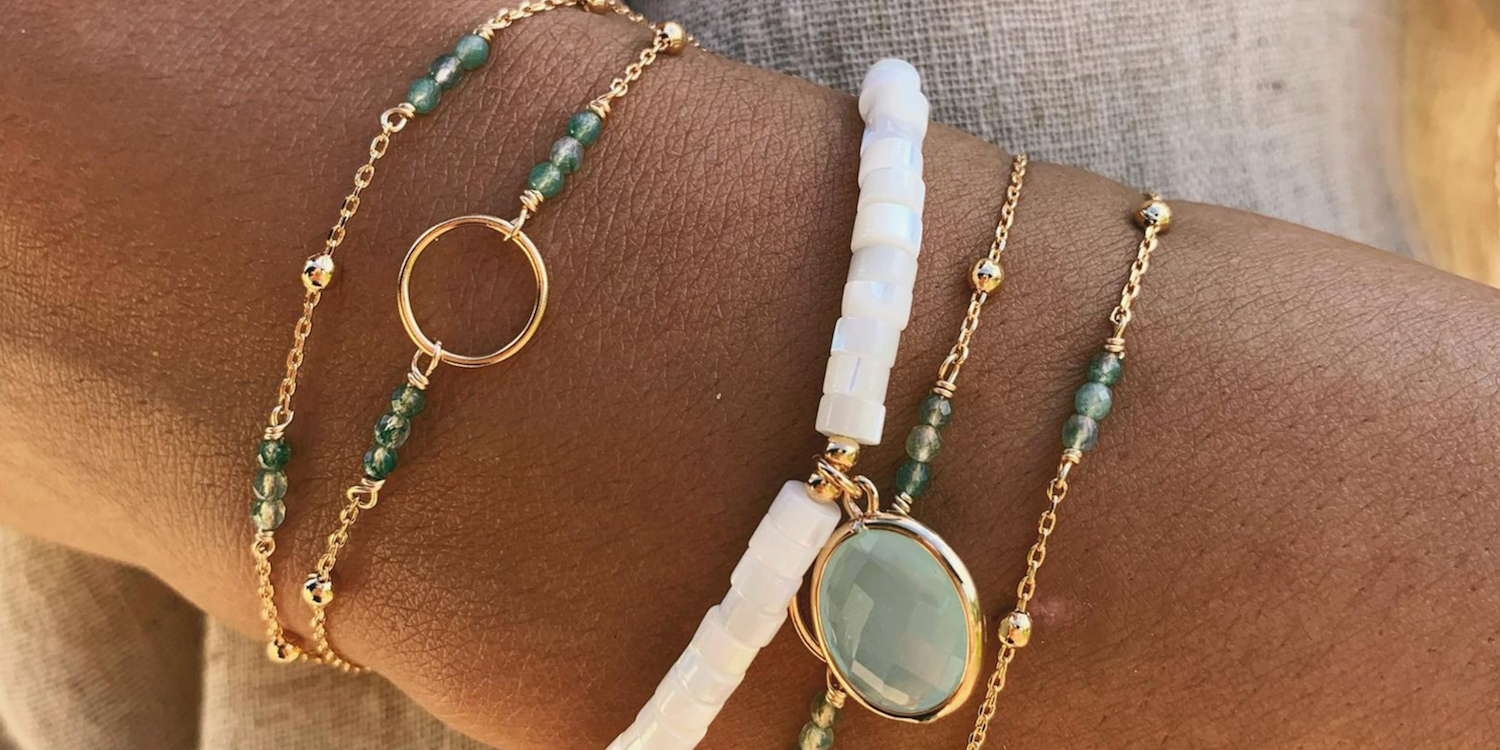
.
The Mother of pearl (nacre in french)
.
Mother-of-pearl, known since the end of the Paleolithic era, was brought to light by Elizabeth I, in the 15th century, when she gave it the name "Mother of Pearl", symbolizing the maternal aspect of the creation of pearls and mother-of-pearl shells.
Widely used in jewelry, mother-of-pearl relieves excessive emotional states, regulates the mood and will fight against a negative state of mind; by this, it will purify relational difficulties by facilitating communication. Mother-of-pearl will also stimulate imagination and creativity. Physically, it will protect the digestive system, ease muscular tension and help fight against sore throats or headaches.
.
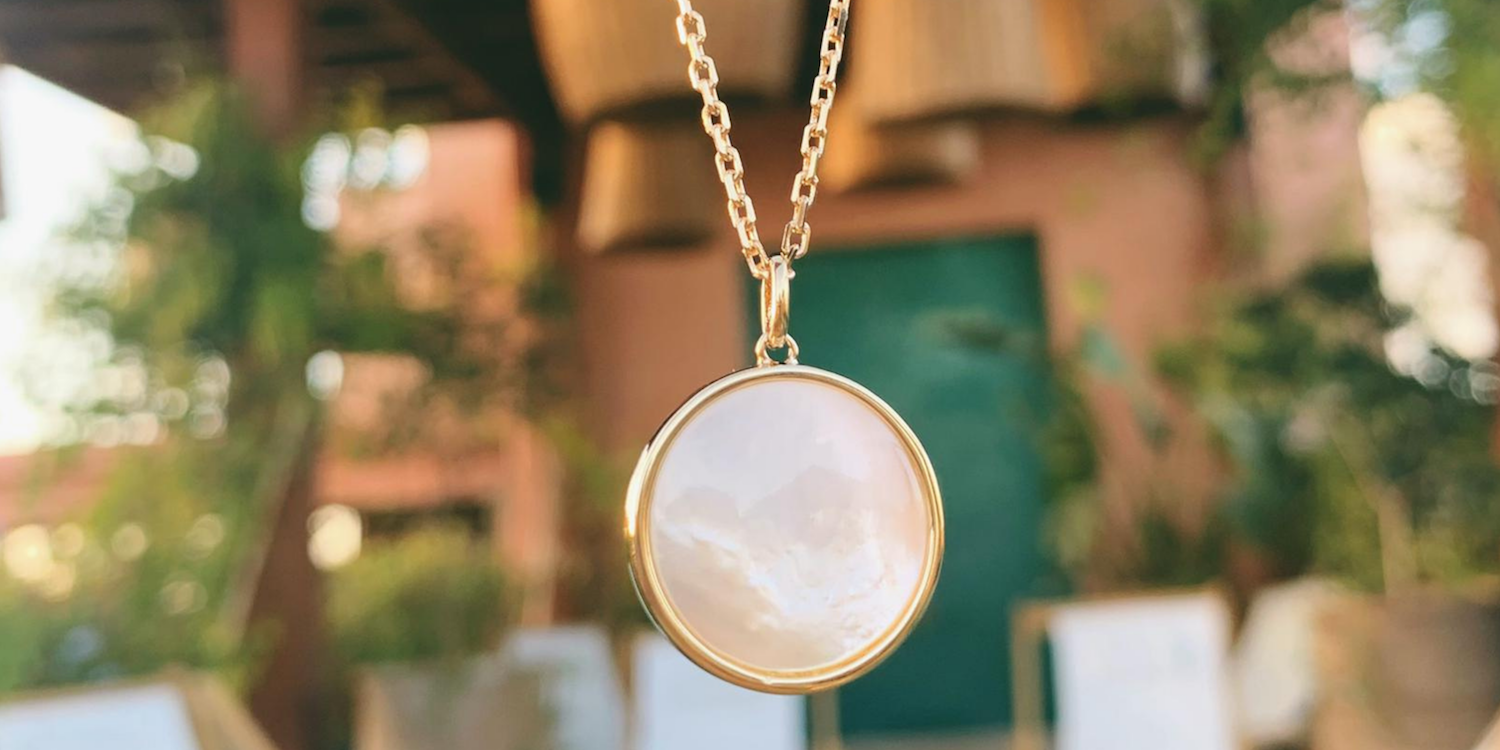
.
The Agate
Very often associated with gods and goddesses, agate is a mineral with a transparent color, finding its origin in a Sicilian river with the Latin name of Achates. Particularly close to Gaia, goddess of the earth and nature, agate has always served as a protective stone.
Grey in color, almost transparent, agate can easily take on a new color, like our Agathe models, our May rings or our Poppy earrings, because it is a porous stone. Soft and luminous, it helps to reduce the effects of stress, to improve sleep, while strengthening self-confidence. From a physical point of view, it can also help to fight against respiratory problems, relieve skin diseases and ease muscle pains.
.
The Turquoise
The turquoise stone arrived in Europe during the crusades, and took the name of "Turkish stone" then "Turquoise" in the 16th century. But its use goes back to more than 6000 years, already present on the mask of the Pharaoh Tutankhamen, as a protective stone.
In lithotherapy, the pretty blue stone, present on our necklace Poppy, our rings Sixtine, Lou and Orphée, or our bracelets Freja, Estelle and Rosalie, eliminates negative thoughts, favors communication and helps for a restful sleep. Physically, it will also help stimulate the heart, strengthen the organs and reduce migraines.
.
